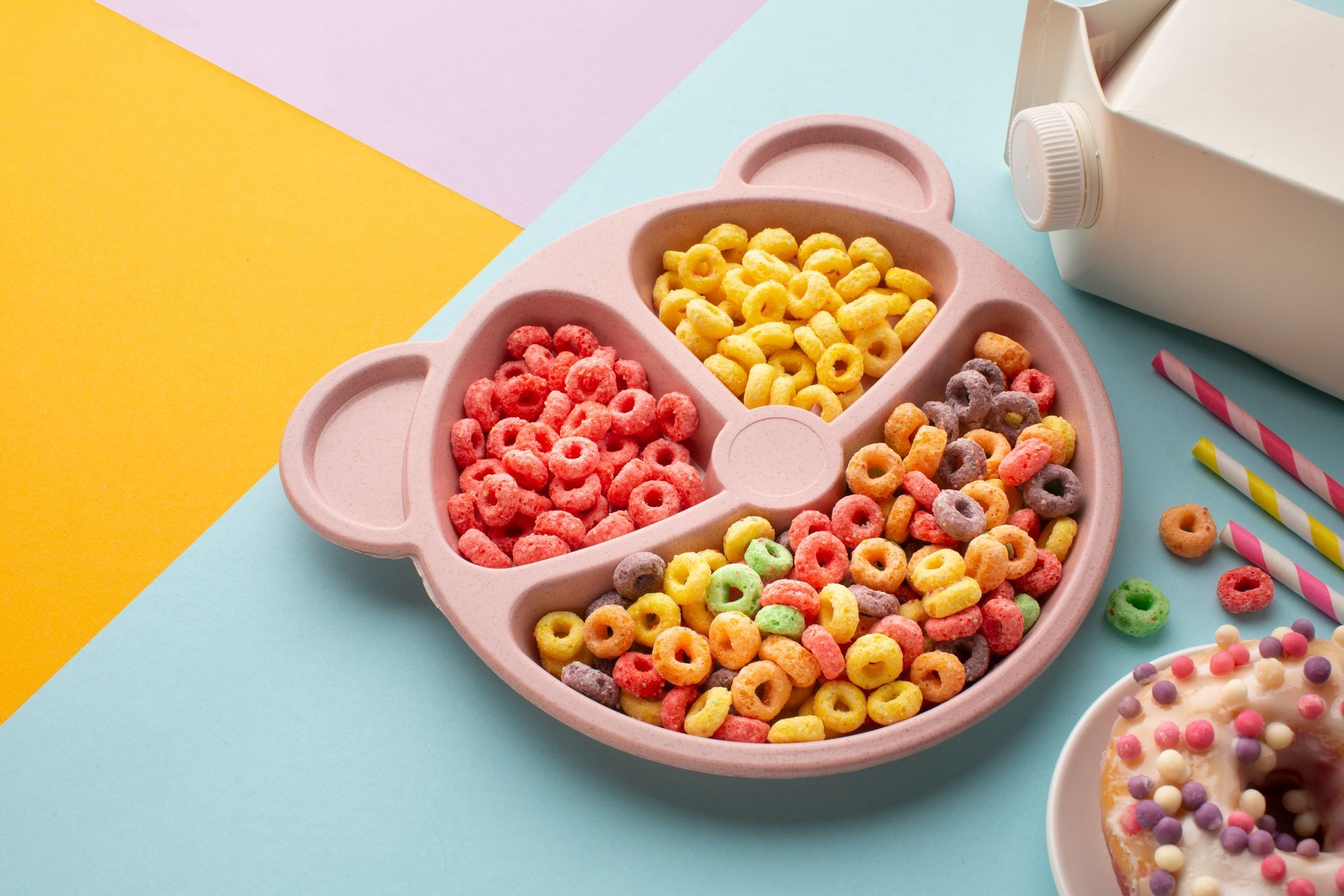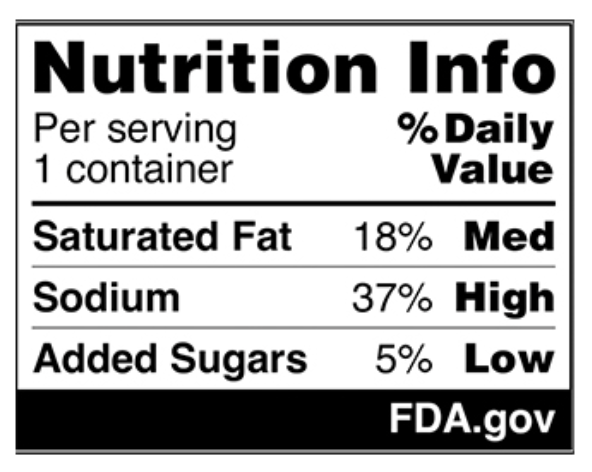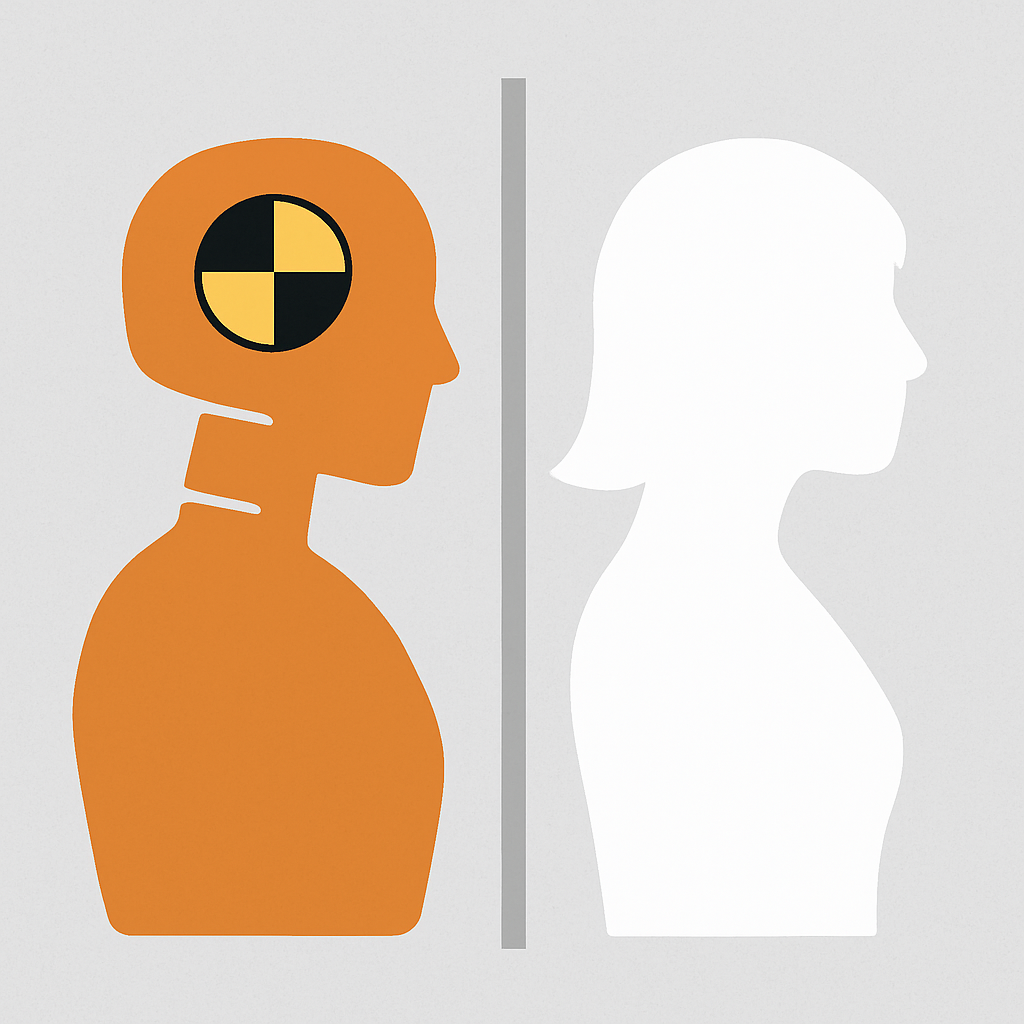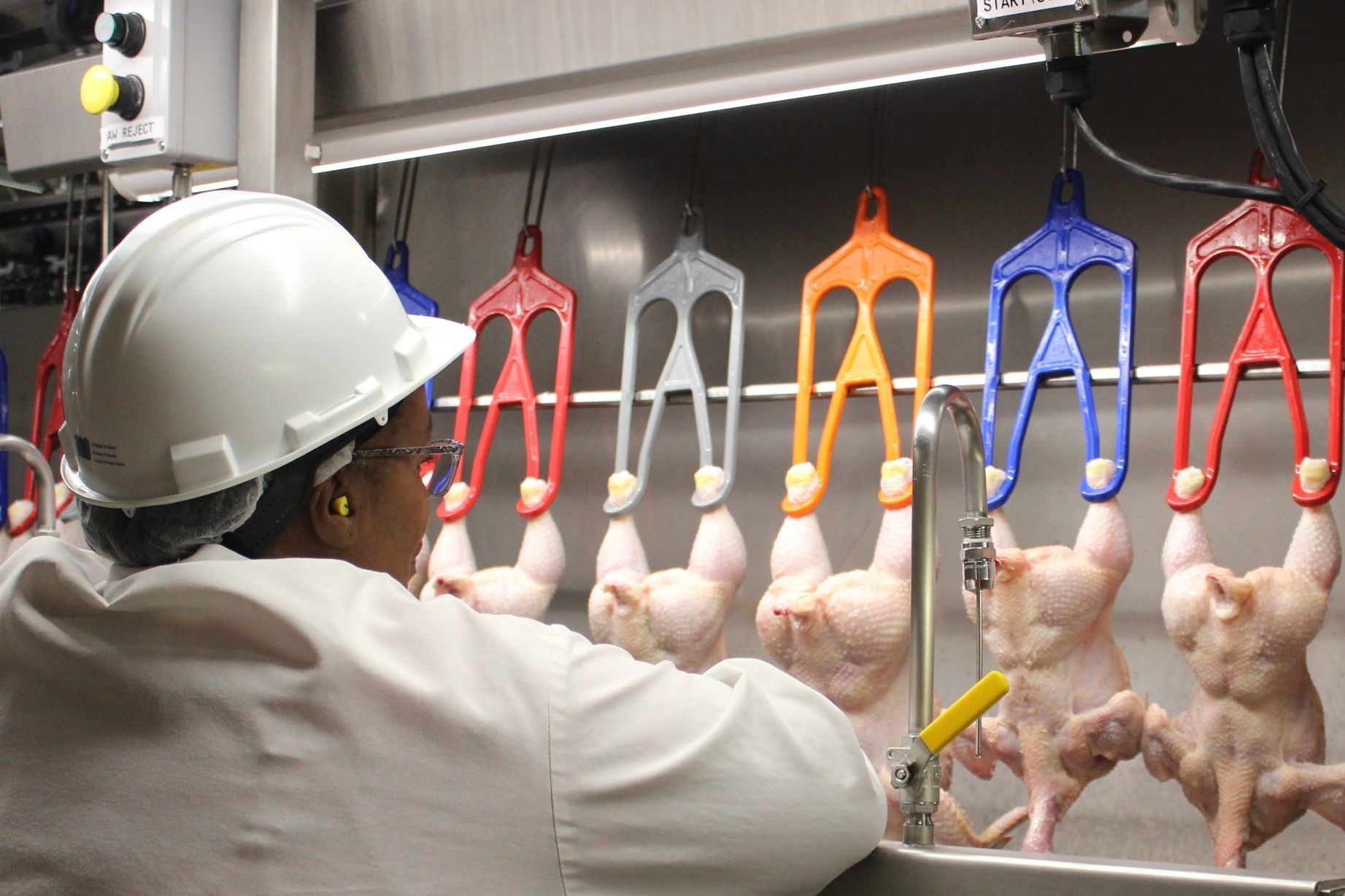YOUR CLOTHING MAY BE TOXIC
CNN once conducted an experiment whose goal was to find out if it was possible to eliminate the threat of toxic
pesticides used by farmers to grow many of our fruits and vegetables. The idea behind the experiment was that by the
time these foods were on sale at our local supermarkets, they would have been removed by whatever means people in
the food chain do to remove deadly toxins. CNN arranged to use a power washer to hose down several
non-organic conventional fruits and vegetables at a local supermarket, foods that were exposed to pesticides at some
point (or points) in their developmental process from farmer to our tables. After power washing all of the produce in a
large section of the store, CNN removed samples and had them assessed for the presence of and amounts of (if any)
of toxic pesticides. To cut to the chase, CNN found that virtually all of the pesticides (and their residue) were still on the
targeted foods. CNN concluded that power washing made no significant difference in the removal of potentially toxic
pesticides and chemicals.
This week, I was asked to address the topic of potential hazards associated with the clothes we wear often on a daily
basis. My research revealed that much of our commonly worn clothing is coated with seriously toxic chemicals, some
examples of which I will detail later in this newsletter. Further, just like the fruits and vegetables sprayed with pesticides,
the chemicals on our clothing are also virtually impossible to remove, thus exposing us on an almost daily basis
to not just these toxic chemicals, but to the daily, and often accumulated risk of exposure to deadly carcinogens,
endocrine disruptors, risks to our kidneys, livers, reproductive and DNA issues, as well as serious environmental damage.
Before we explore some of these potentially deadly toxins in our clothing, let’s ask the leadoff question: What benefits
are we trying to achieve with our clothing (besides just following God’s orders from the Garden of Eden? Think, for a
minute about how many of you wouldn’t hesitate to desire whiter sheets or underwear with stains removed, wrinkle
free handkerchiefs and tablecloths without any shrinkage, or water-resistant or even stain resistance for our favorite
jeans or sweaters, or proper tanning for our leather clothes (and even couches)! After all, we take all of these
benefits for granted without even one thought about how they are achieved. Well, the rest of this newsletter hopefully
will shed some light on these “benefits” and may give you some pause about what you wear and how you take care of
your clothing.
Lets’s start with conventional cotton (shirts, sheets, pants, handkerchiefs, etc.). Cotton is grown with genetically
modified seeds and sprayed heavily with Roundup (in which the primary ingredient is glyphosate, linked directly to
cancer. Many textiles contain chlorine bleach, formaldehyde, VOC’s (volatile organic compounds, PFC’s (per fluorinated
chemicals), ammonia and/or other harmful chemicals. Additionally, heavy metals, PVC, and resins, which are involved
in dyeing and printing processes are used. There are toxic chemicals used to make clothing wrinkle or shrinkage-free,
flame resistant, waterproof, stain resistant, mildew resistant, or cling free. All fabrics can accept these toxic finished, so to avoid them, you need to specifically select products that haven’t been chemically finished. Without going into the
science, some chemicals used in detergents eventually break down into a form which accumulate in the environment
via the water supply and are highly toxic to fish and ocean wildlife.
Here are a few options that can help you avoid or at least minimize yours and our environment’s exposure to deadly
toxins and chemicals:
1. Look for GOT-certified organic cotton and wool--free of pesticides, herbicides, NPE’s and GMO’s and dyed without
harmful chemicals such as chlorine bleach, formaldehyde and heavy metals.
2. Look for clothing made with Tencel which is made from the cellulose extracted from eucalyptus, a renewable
resource. Choose Tencel over rayon or bamboo textiles, both of which are created using heavily toxic chemicals.
If neither these two options (or others I haven’t listed here) are not available for you, perhaps I can refer you to the
section of Genesis that precedes the appearance of the snake and where we find Adam and Eve relying upon leaves
(hopefully leaves without toxins).
You may be thinking: Surely our government regulators are on top of this and will prevent our clothing from
attacking us! If, especially during the Trump era of deregulatory frenzy, you think that such agencies as the FDA,
EPA and CPSC are protecting us, I suggest you read the past issues of any major newspaper in the past year to see
how Trump has systematically engaged in a deregulatory frenzy that has eliminated many rules and regulations
specifically intended to keep us safe. I will address the failure of our regulatory agencies to protect us in the next
issue of this newsletter















